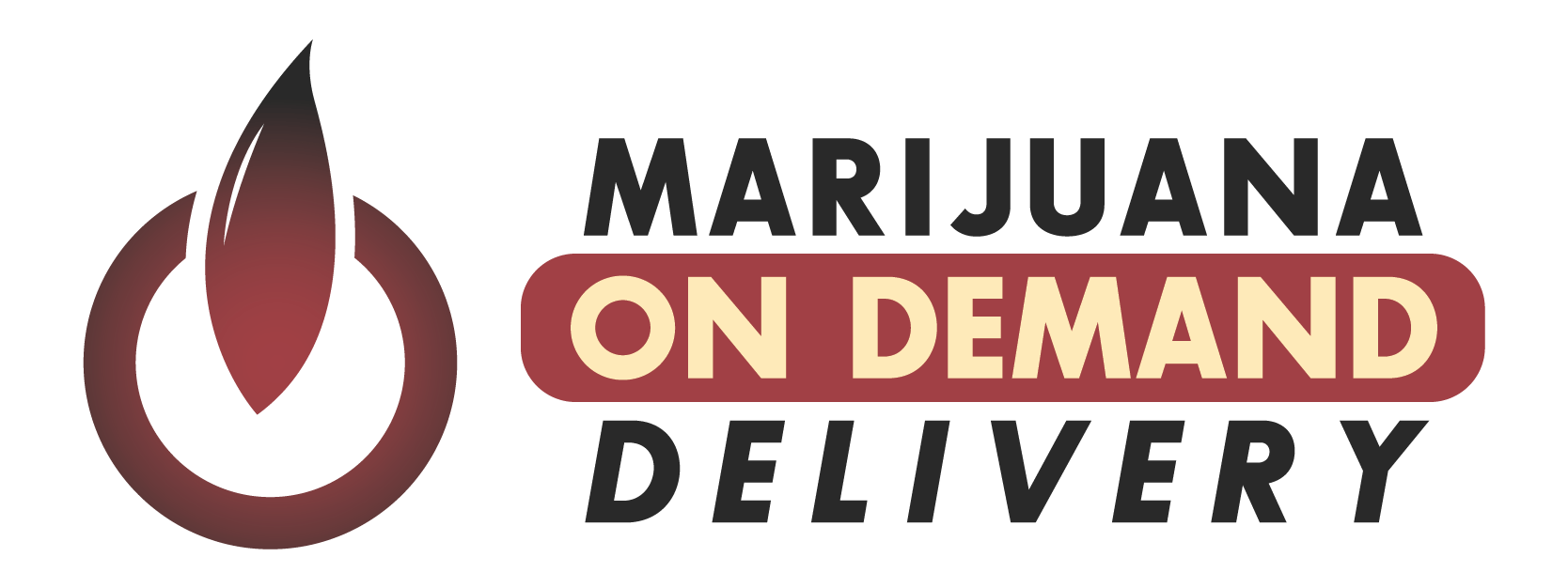Logistics & Operational Efficiency
Cannabis delivery services have taken a page from DoorDash and Uber Eats by prioritizing optimized delivery networks. Companies like SpeedWeed built spoke‑hub systems inspired by Papa John’s and FedEx to ensure consistent, fast arrivals. Just as food apps use real-time routing and demand prediction, cannabis platforms rely on similar technology to manage driver dispatch, often navigating complex legal zones and curfews.
Age & ID Verification
Cannabis operators face stricter regulations than restaurants. Learning from the age verification processes used in alcohol delivery, platforms now mandate digital ID checks before both checkout and drop-off. This adherence mirrors DoorDash’s compliance for hemp-derived THC products, ensuring that drivers verify IDs at the door.
Cross‑Category Synergies
DoorDash’s integration of hemp-derived THC and CBD demonstrates the power of bundling categories to enhance basket size and engagement. Cannabis delivery platforms have studied this approach. Some now offer ancillary goods—like rolling papers or snacks—alongside cannabis to increase average order value.
Subscription Models
Food delivery’s “unlimited” and subscription services—Postmates Unlimited, Uber One—are benchmarks for boosting loyalty and lifetime value. Cannabis delivery firms have introduced loyalty programs and flat‑fee monthly passes to encourage repeat usage, applying proven retention tools from the broader delivery ecosystem.
Tech‑Driven Customer Experience
Food apps prioritize seamless mobile ordering, delivery tracking, and real-time notifications. Cannabis platforms like Eaze adopted this consumer-focused mindset early on, earning the nickname “Uber of Weed” for enabling intuitive apps, transparent ETA tracking, and easy reordering. These user-friendly features were vital to scaling from niche service to mainstream convenience.
Regulatory Navigation
DoorDash and Uber’s expansion into alcohol and hemp led them to design robust compliance systems: merchant COA verification, age gates, and driver age requirements. Cannabis operators mirrored this, building compliance into tech back-ends, training drivers on legal delivery zones—and even adapting to unusual rules like curbside delivery mandates.
Driver & Labor Considerations
The food delivery industry has faced driver criticisms—low wages, hidden tip policies, scheduling unpredictability. Cannabis services are learning from them. Many now provide better tip transparency, fair payout structures, and improved route planning to increase driver satisfaction and retention, avoiding pitfalls experienced by food-level platforms.
Profitability & Expansion Models
Food delivery companies have shown the challenges of growth at scale, often running sustained operating losses to build market share. Cannabis delivery services are taking a more cautious approach: launching in legal zones, focusing on profitability per delivery, and scaling only when regulatory conditions and demand align.
In Summary
By adopting proven strategies from major food delivery services, the cannabis delivery sector has developed stronger operational systems, compliance frameworks, and customer experiences. Inspired by logistics, ID verification, bundling, subscriptions, tech usability, labor fairness, and cautious growth, this industry stands well-positioned to serve consumers legally and efficiently—without repeating earlier mistakes.
